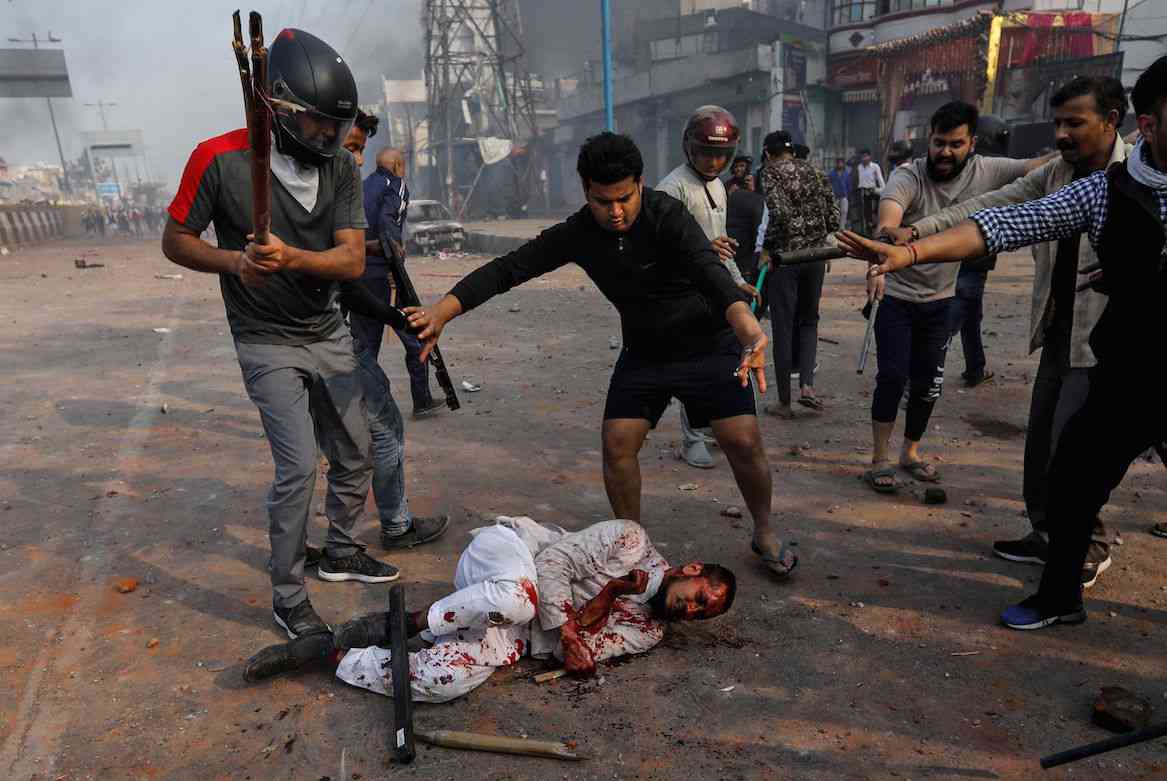
NEW DELHI – A report published by the The New York Times on Thursday said that recent evidence suggests that New Delhi police “concertedly moved against Muslims” and “actively helped Hindu mobs” that targeted Muslims and their homes during the deadly riots that gripped the Indian capital last month.
At least 50 people were killed in Delhi’s worst communcal violence in decades, over two-thirds of them from India’s Muslim minority, according to hospital lists. Mosques were burnt and vandalised along with Hindu-owned shops and at least 15 Hindus were killed.
According to the publication, several videos have surfaced of Delhi police assaulting Muslims protesters, and urging Hindu mobs to join.
The report also quoted a police commander as saying that as the violence erupted — attributed to mostly Hindu mobs — officials were told to deposit their guns at the police station; NYT journalists later heard officials yelling to one another that they needed guns, not sticks, to confront the growing mobs.
It also highlighted that majority of those that were killed in the violent clashes were Muslims.
The report also accuses India’s police force of being “politicised” by Modi’s ruling Hindu-nationalist Bharatiya Janata Party, citing the example of a school principal who was jailed on sedition charges for staging a play about the country’s new citizenship law.
“There’s a method to this madness,” the report quoted Umar Khalid, a Muslim activist, as saying. “The government wants to bring the entire Muslim community to their knees, to beg for their lives, and beg for their livelihoods.”
“You can read it in their books,” he said. “They believe India’s Muslims should live in perpetual fear.”
Shahid Siddiqui, a former member of Parliament, was also quoted in the report as saying: “Indian police are extremely colonial and caste-ist.”
Police behavior, he said, is always “more violent and aggressive toward the weak”.
Follow this link to join our WhatsApp group: Join Now
Be Part of Quality Journalism |
Quality journalism takes a lot of time, money and hard work to produce and despite all the hardships we still do it. Our reporters and editors are working overtime in Kashmir and beyond to cover what you care about, break big stories, and expose injustices that can change lives. Today more people are reading Kashmir Observer than ever, but only a handful are paying while advertising revenues are falling fast. |
| ACT NOW |
| MONTHLY | Rs 100 | |
| YEARLY | Rs 1000 | |
| LIFETIME | Rs 10000 | |












